|
|
Kingston, ON – A collaborative research team led by Lanzhou University (China) and Queen’s University (Canada) scientists demonstrates that weaker summer monsoons, linked to increasing anthropogenic aerosols (microscopic particles from combustion), have led to fundamental changes in aquatic ecosystems in the Asian monsoon region of China. This study highlights how the current Anthropocene period profoundly deviates from previous natural warm periods in Earth’s history and provides further evidence of the complexity of climate change when assessed within the context of multiple environmental stressors.
The study is published in Nature Climate Change.
The Chinese Loess Plateau is a high elevation (1,200 meters above sea level) region in north-central China that takes its name from extensive deposits of powdery mineral-rich, wind-blown material known as loess. This monsoon-dominated region is historically linked to the cradle of Chinese civilization due to its incredibly fertile soils. It is one of the most erodible areas on Earth and the millions of people who live there face serious erosion issues and severe eutrophication (nutrient enrichment, algal blooms) as a result of the delivery of massive amounts of soil nutrients into essential freshwater systems. Its location at the monsoon boundary zone makes this region particularly sensitive to global climate change.
“Previous studies have shown that recent increases in anthropogenic aerosols have resulted in weaker summer monsoons, but the ecological effects of these changes are largely unknown” says Jianbao Liu, lead author and assistant professor at Lanzhou University, who was a visiting PhD student at Queen’s University when the study was undertaken.
Due to the lack of long-term monitoring data, the researchers used fossil evidence stored in dated lake sediment profiles to reconstruct past environmental conditions. They determined how recent aerosol-driven anthropogenic climate change over the past ~50 years compared with previous episodes of natural warming over the past ~2000 years in terms of monsoon intensity, lake fertilization and aquatic ecosystem dynamics.
Previous natural warm periods were accompanied by increased monsoon rain and wind intensity leading to severe erosion of nutrient-laden soil and lake fertilization. “We found that the pulse of nutrients entering the lake during these warm episodes had dramatically altered the assemblage composition of fossil diatoms (microscopic algae) from species associated with nutrient-poor conditions to those that thrive in nutrient-rich conditions” notes Dr. Liu.
“One of our main findings was that anthropogenic warming over the past ~50 years resulted in very different but equally pronounced responses in these lake ecosystems compared to past warm periods” says co-author John Smol, a professor in the Department of Biology, Queen’s University and the Canada Research Chair in Environmental Change.
In contrast to past warming periods, the most recent fossil assemblages are dominated by diatoms indicative of lower nutrient concentrations and weaker water column mixing that is consistent with decreased monsoon intensity.
“This is an important shift in the aquatic regime that indicates a fundamentally different climate mechanism and biological response from previous well-documented warm periods” says Kathleen Rühland, co-author and a senior research scientist at Queen’s University’s Paleoecological Environmental Assessment and Research Laboratory (PEARL).
“Changes in monsoon intensity and erosion will have significant socio-economic and ecological repercussions, impacting agriculture, health, and water resources throughout Asia” says Professor Fahu Chen, a co-author from the Key Laboratory of West China’s Environmental System, Lanzhou University.
Ironically, continued environmental efforts to reduce anthropogenic aerosols in Asia, whilst global warming continues, will likely result in the return of severe nutrient enrichment that will further impair the already stressed freshwater supply in this region.
“In many respects, we are entering uncharted territory” warns Dr. Smol.
Other members of the research team include scientists from Lanzhou University (Jianhui Chen, Shengqian Chen, Qiaomei Chen, Wei Huang), from Texas A&M University (Yangyang Xu) and from Hebei University (Qinghai Xu).Contact: News and Media Services
Attention broadcasters: Queen's can provide high-quality audio and video feeds. For television, we can provide a live, real-time double ender via fibre-optic cable.
NOTE: For high-resolution JPEGS related to this paper, Click Here.
For a copy of the paper contact John Smol or Kath leen Rühland with the information below.
|
John P. Smol |
Kathleen M. Rühland |
|
Jianbao Liu |
Fahu Chen |
|
Jianhui Chen |
Yangyang Xu |
|
Shengqian Chen |
Qiaomei Chen |
|
Wei Huang |
Qinghai Xu |

|